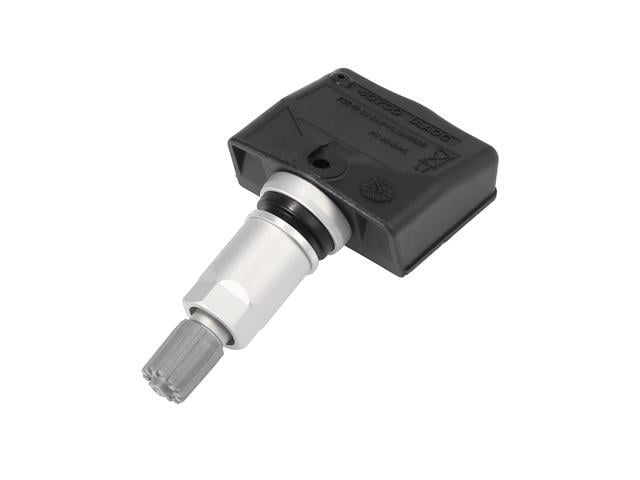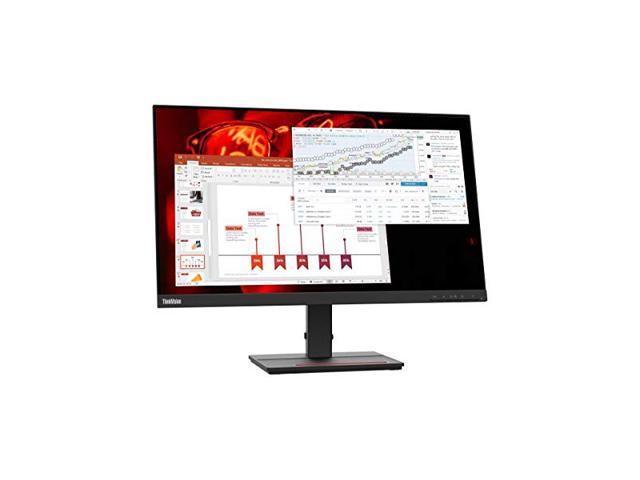Slope failure accidents were responsible for about 12% of U.S. surface mine fatalities from 1995 to 2003. Small surface movements on a mine highwall may be precursors of failure that, if detected, could provide sufficient warning to enable workers and machinery to be withdrawn to safety. Radar interferometry offers the necessary precision to detect these movements. Radar has some advantages over other methods in its ability to cover large surface areas for true two-dimensional monitoring day and night under almost any weather condition. Radar’s active transmit/receive mode of operation provides for more direct sampling than passive optical methods that depend on solar illumination. Improvements in microprocessor speeds and capacities have led to the development of a number of small, portable, ground-based systems. Such systems are now being deployed at several locations around the world. As part of an ongoing study of monitoring technologies, researchers from NIOSH and Brigham Young University, Provo, UT, cooperated to assess the feasibility of using interferometric radar to monitor mine slope stability. Field tests of a device incorporating prototype equipment were successful in that small, centimeter-scale displacements on rock slopes were detected.















